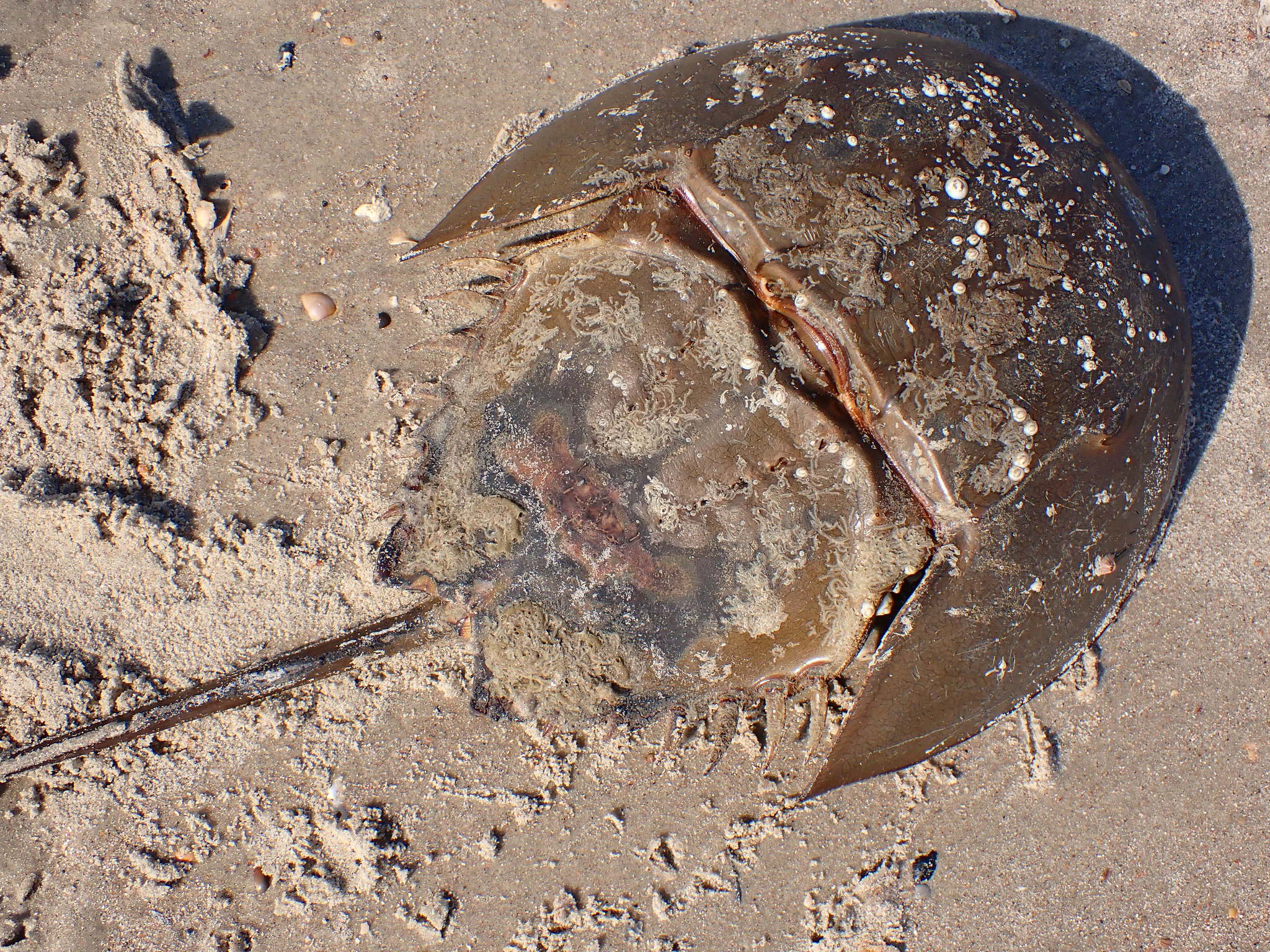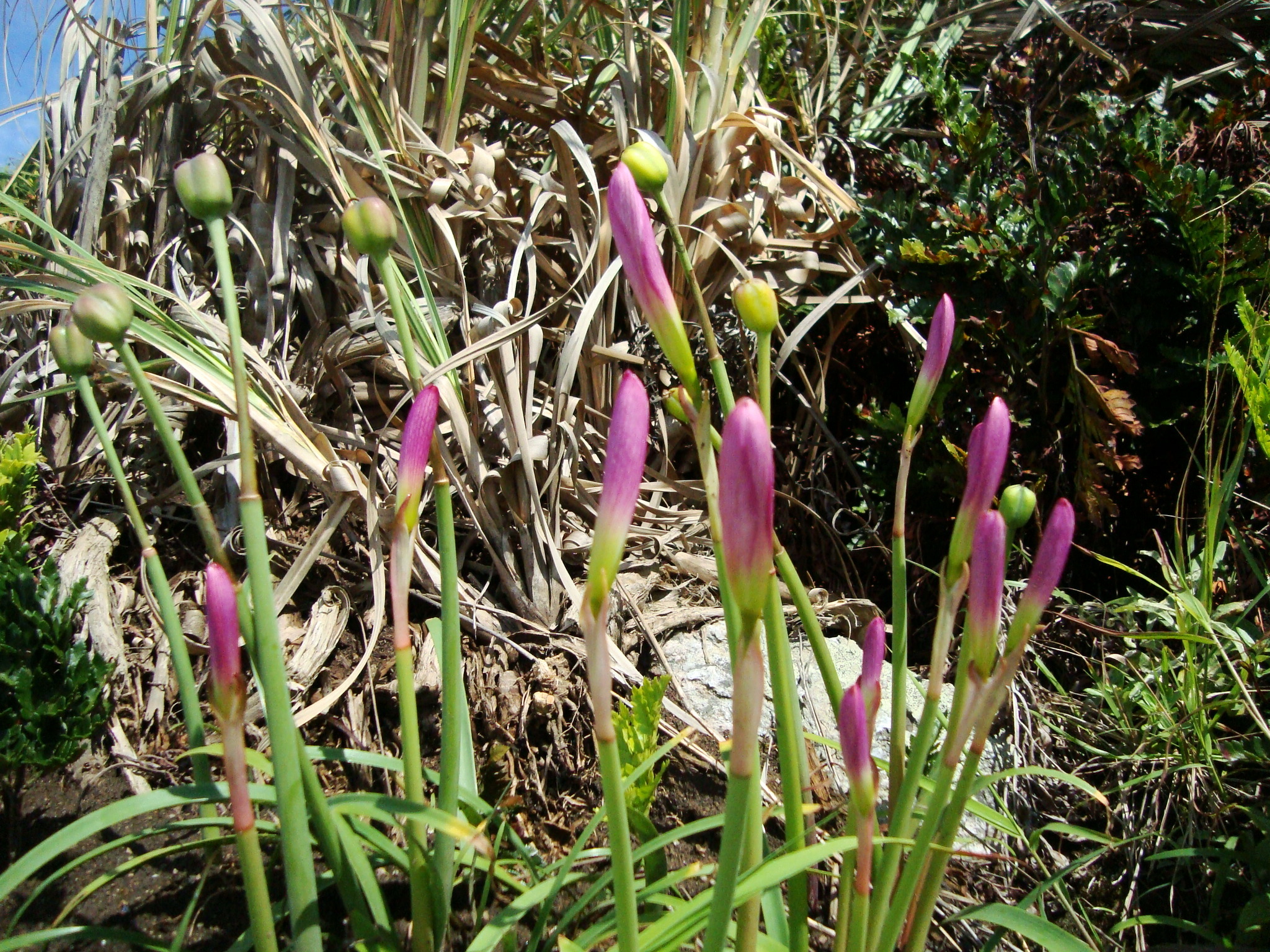by Piter Kehoma Boll
Barnacles are a peculiar group of sessile crustaceans and are common worldwide in the oceans, sometimes even living on the surface of marine animals such as mollusks, whales and turtles. Until now only one barnacle was featured here, a goose barnacle. So today we will know a species of the most common acorn barnacles, Amphibalanus amphitrite, known as the striped barnacle, purple acorn barnacle or Amphitrite’s rock barnacle.

The striped barnacle has the typical conical shape of acorn barnacles formed by six calcareous plates surrounding the body. The opening at the top has a diamond shape and is protected by a movable lid formed by two plates. The plates of the shell have a series of vertical brown to purple stripes, hence the name striped barnacle. To eat, the striped barnacle opens the lid and extends its long feathery legs, called cirri, through the opening to capture food particles from the water.

The exact origin of the striped barnacle is unknown, but it is likely native from the Indian ocean. However, due to human activities, it has been carried across the whole world and is now found in warm and temperate waters of all oceans.
As typical of barnacles, the striped barnacle is hermaphrodite. To reproduce, they use a very long penis that they insert inside adjacent barnacles to release sperm. The fertilized eggs are released in the water and develop first into a nauplius larva os crustaceans and later into the cyprid larva, which is the last stage before they become adults. The cyprid looks for an adequate substrate to settle and, once finding it, starts to secrete a glycoproteinous substance to attach the head on the substrate and undergoes the final metamorphosis to became a juvenile barnacle. They continue to molt as they keep growing after attaching to the substrate, but the calcarous plates do not molt with them, but continue to grow like the shell of a mollusk.

The striped barnacle can grow on human-made structures, such as ships, pipes and other constructions exposed to the tides, and can become a nuisance, as its presence can decrease the efficacy of some of the colonized structures. As a result, it has become a target species of studies and is even a model organism for the study of larval settlement of barnacles. Even its genome has already been sequenced and several technologies are being tested to reduce its ability to colonize ships.
Not all studies with this species are directed to ways to getting rid of it, though. Due to the ease of breeding it in the lab, the striped barnacle is also used to study, for example, the impact of microplastics and ocean acidification on marine life.
– – –
– – –
References and further reading:
Bhargava, S., Chen Lee, S. S., Min Ying, L. S., Neo, M. L., Lay-Ming Teo, S., & Valiyaveettil, S. (2018). Fate of nanoplastics in marine larvae: a case study using barnacles, Amphibalanus amphitrite. ACS Sustainable chemistry & engineering, 6(5), 6932-6940. https://pubs.acs.org/doi/abs/10.1021/acssuschemeng.8b00766
Burden, D. K., Spillmann, C. M., Everett, R. K., Barlow, D. E., Orihuela, B., Deschamps, J. R., … & Wahl, K. J. (2014). Growth and development of the barnacle Amphibalanus amphitrite: time and spatially resolved structure and chemistry of the base plate. Biofouling, 30(7), 799-812. https://doi.org/10.1080/08927014.2014.930736
Maréchal, J. P., & Hellio, C. (2011). Antifouling activity against barnacle cypris larvae: Do target species matter (Amphibalanus amphitrite versus Semibalanus balanoides)?. International Biodeterioration & Biodegradation, 65(1), 92-101. https://doi.org/10.1016/j.ibiod.2010.10.002
McDonald, M. R., McClintock, J. B., Amsler, C. D., Rittschof, D., Angus, R. A., Orihuela, B., & Lutostanski, K. (2009). Effects of ocean acidification over the life history of the barnacle Amphibalanus amphitrite. Marine Ecology Progress Series, 385, 179-187. https://doi.org/10.3354/meps08099
– – –













